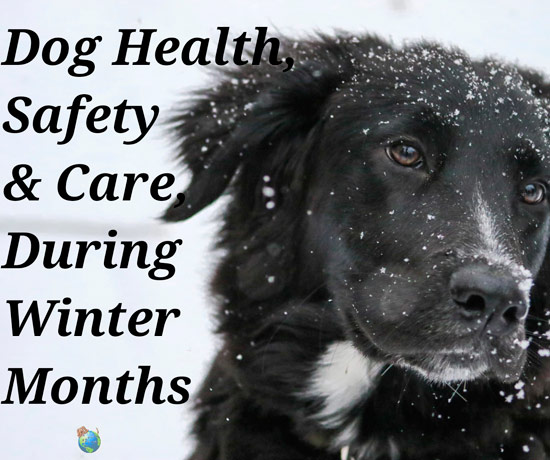You want to ensure your dog is healthy and able to get through the winter. Kick off winter season with a winter check up. Bring your dog to the vet and make sure all shots are up to date and no underlying illness exist. Cold weather can worsen an illness that a dog may have if it is not treated properly.
Dogs & Winter Depression
Dogs can have winter depression, much like humans. Sad or introverted behavior can occur simply because they’re not receiving enough exercise! Dog owners don’t take their dogs out for walks, play time, or to the parks as much as they would during the warm months. A lack of exercise can cause depression. Many breeds were bred to run free! Suppressing that can hit them hard. Some dogs become sad, other dogs may become rambunctious and troublesome if they are not exercised properly. Their energy may build up into negative actions, such as chewing on shoes, tearing apart the furniture, or going to the bathroom in the house.
Even throughout the winter, it is important that your dog gets outdoor exercise. The truth is, the winter months may feel colder to you than your dog. Many dogs enjoy playing in the snow! It’s important that you bundle up, put on an extra pair of socks, and get out there with your dog!
Dogs & Frostbite
Dogs can get frostbite in the winter. Vulnerable spots include their feet, tips of their tails, and tips of their ears. If your dog becomes overly hot, they may have frost bite. Their bodies will try to release heat to the areas that are frost bitten, which raises the temperature of their entire body. Check the skin of the areas that are most likely to suffer from frost bite. If the skin is pink or red, bring your dog to the Vet so they can receive treatment immediately. Areas of the body receiving the least blood flow are most susceptible to frost bite. This is similar to human’s hands and feet, which can become cold and numb when exposed to cold temperatures. The heart is the main “pump” station of the body, which intakes and releases blood. The heart pumps blood to the rest of the body, but because the tail, feet, and ears are the furthest away from the core of the body, blood flow isn’t as abundant there. Many owners keep dog clothes sweaters and coats on their dogs to help keep them insulated.
Matted Coat & Hypothermia
Brushing your dog in the winter is important to reduce matted fur. When your dog’s fur is matted you will see clumps of overlapping, tangled, tight-woven hair in your dog’s coat. Typically matting occurs in your dog’s undercoat, which is the hair closest to the skin. Matting can prevent the dog from being able to regulate their body temperature. If they aren’t able to regulate their body temperature during the cold months your dog could suffer from hypothermia.
*Consider argan oil to maintain your dogs coat.*
Dogs that don’t do well in cold temperatures are typically small and have little hair to keep them warm, which makes them more likely to suffer from hypothermia. Wet dogs are extremely susceptible to hypothermia because their fur and bodies are not able to regulate body temperature. Both hypothermia and frostbite can be treated if taken care of properly. If you think your dog could be suffering from hypothermia or frostbite you should get your dog immediate veterinary attention, hypothermia and frostbite can cause long term damage.
It’s fairly easy to keep your dog safe through maintenance during the winter months. Keep a watchful eye on your furry friend and use common sense. Dogs have many similarities to humans when it comes to safety. Make sure your dog isn’t outside for extended periods, make sure they stay dry, and groom your dog regularly as you would yourself!
January 30th, 2011
Latest Update: August 26th, 2020
Was this article helpful? Click for our other informative dog articles

Kim is the co-owner of DogLoverStore with her husband, John. She earned her BS in operations management at the University of Massachusetts Dartmouth. She enjoys walking in nature, gardening in the sun, eating sour candy, going on drives, yoga, and reading.


